Walking Exmoor: 'The views open out and there's just me, a lone figure in an immense, almost featureless landscape'
Fiona Reynolds walks in the footsteps of Lorna Doone and finds that there’s still a feeling of wilderness out on Exmoor.
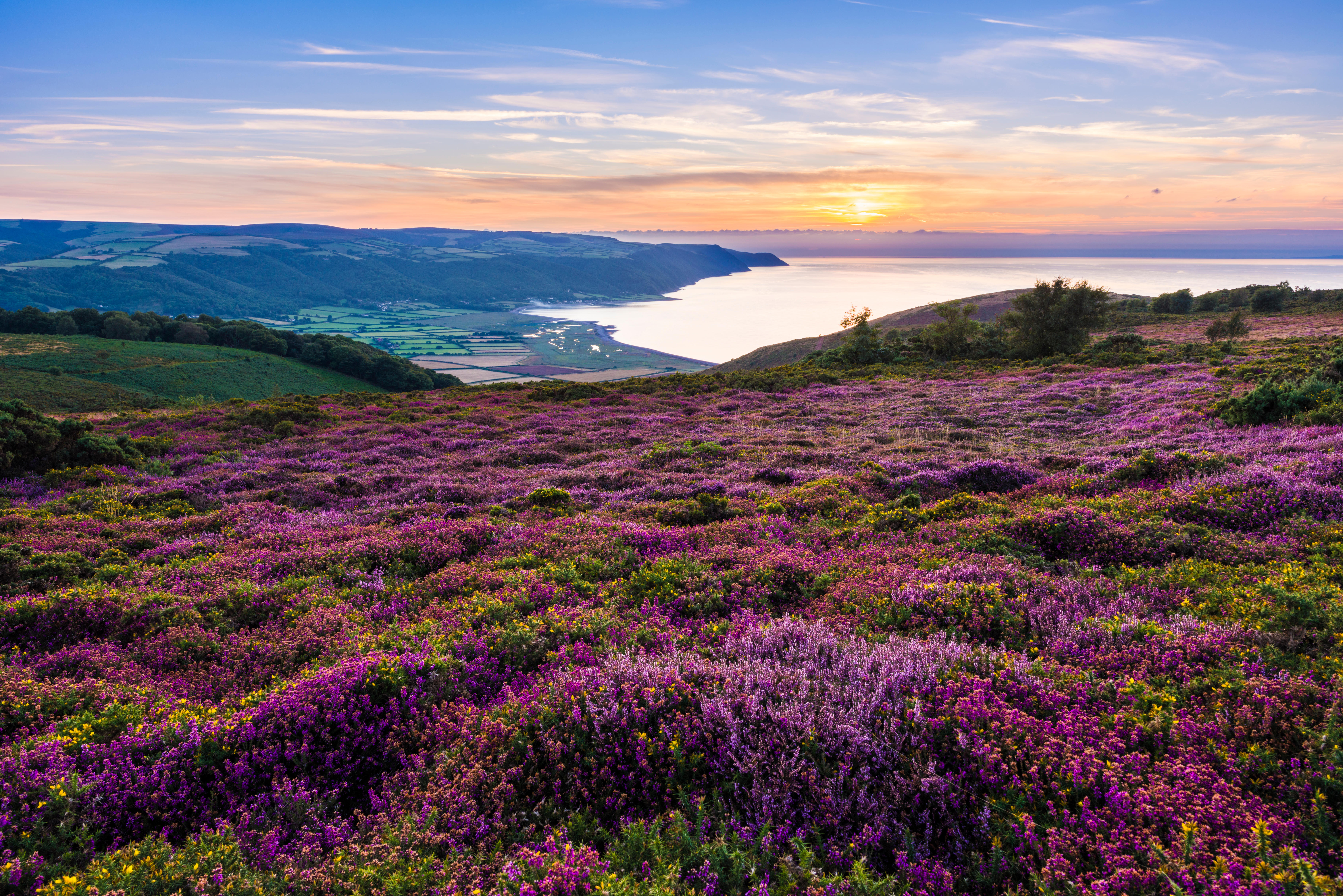

This year marks 150 years since one of England’s most famous stories was published. Evoking a wild, untrammelled landscape dominated by the marauding Doone family, Lorna Doone made its author R. D. Blackmore famous and Exmoor immortal.
Books about places are enduringly popular. Dickens evokes London, George Eliot’s Middle-march Warwickshire and Thomas Hardy will always make us think of Dorset. Today’s authors are no less place-based: think of Monica Ali’s Brick Lane or Ian MacEwen’s On Chesil Beach, whose narratives owe as much to place as to people.
Lorna Doone, however, does something more. It captures a long-gone Exmoor and makes us think about change. Imagine a landscape in which the roads run out at Porlock and the moors are impenetrable and hostile even before the merciless Doone family is factored in.
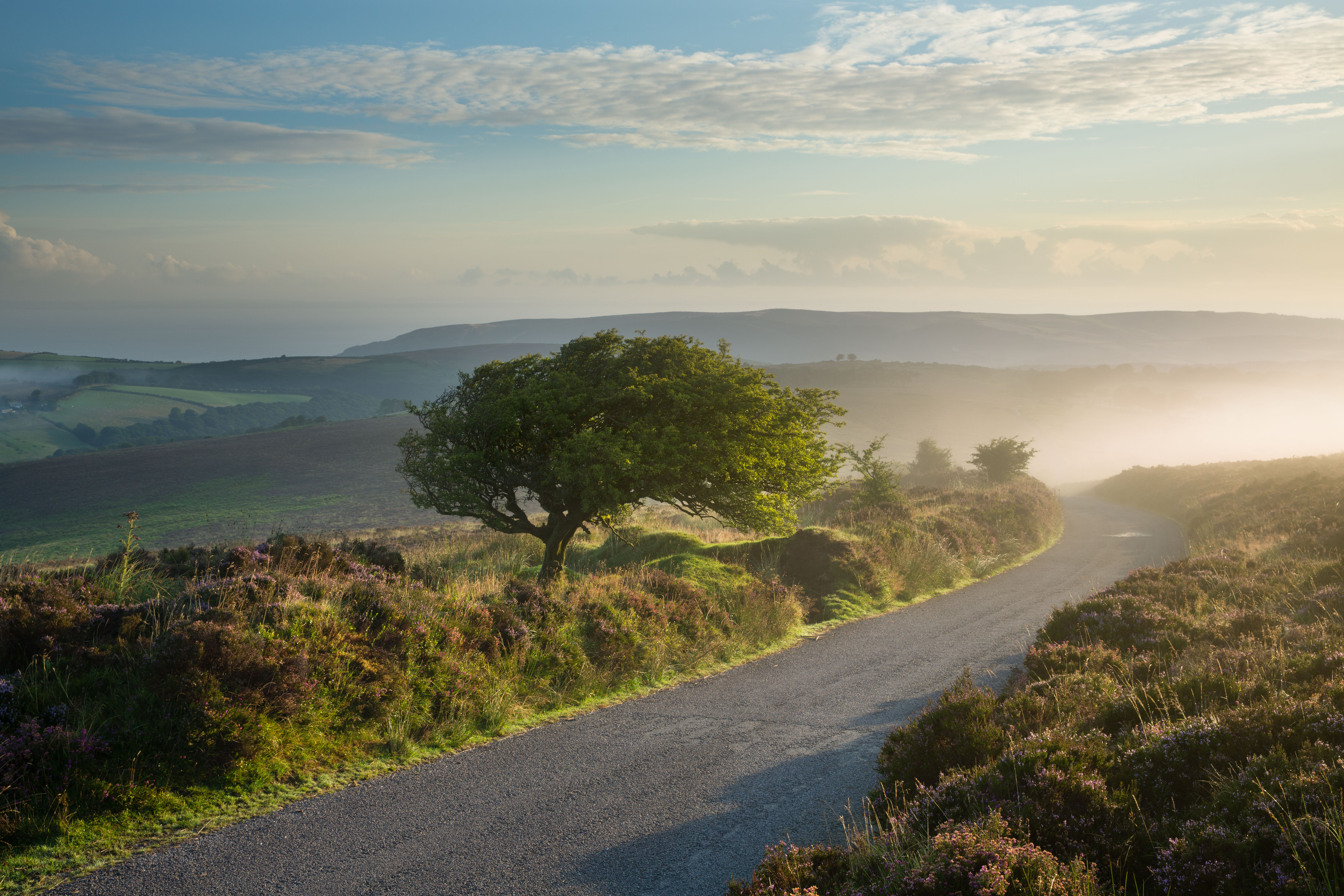
The narrator, John Ridd (his father is killed by Doone raiders as the book opens), describes the contrast between the peaceable lower reaches of the River Lynn and the fearsome, thickly wooded Badgeworthy (pronounced ‘Badgery’) valley, where he first encounters the beautiful child, Lorna, who is to occupy his dreams.
Armed with the newly re-read book, I’m keen to drink in this atmosphere. To experience the coast as well as the moor, I leave my car at Countisbury and walk east on the South West Coast Path until I’m high above Glenthorne House (Country Life, January 16 and 23, 2019). It’s spectacular: a glorious April day with views to die for. It’s also easy: the path is nicely graded and has lots of benches from which to enjoy the views.
'I shiver. I wouldn’t like to be here without a compass on a misty day'
At Glenthorne, I turn inland, climbing away from the coast to County Gate (on the Somerset-Devon boundary), where the smoothly tarmacked road makes the old rough tracks hard to imagine. I descend via Malmsmead to Oare to visit the church where, much later in the story, Lorna is shot (spoiler: she survives) as she marries John. It’s still lovely: a squat, stone building with a square tower and white-painted porch, wearing its history lightly.
Leaving Oare, I climb over the top to drop into the Badgeworthy valley at Cloud Farm, once a remote farmstead, but now offering camping by the river and a tearoom where I refuel. Then – at last – up the river. Again, I feel the contrast between today’s well-managed and waymarked path and Blackmore’s evocative description of wilderness, tangled trees and foaming water as young John made his harrowing journey up the river.
Sign up for the Country Life Newsletter
Exquisite houses, the beauty of Nature, and how to get the most from your life, straight to your inbox.
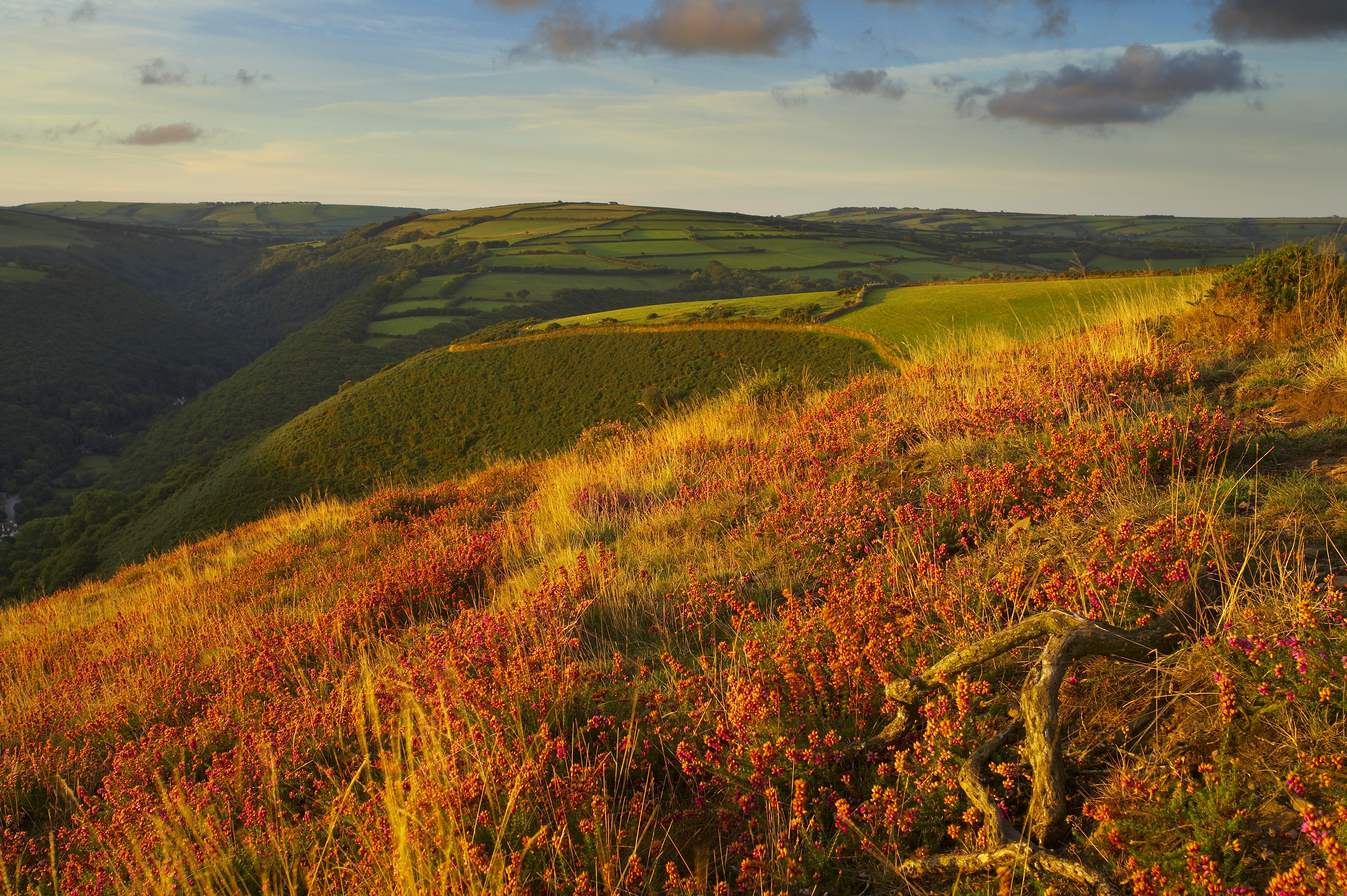
As I reach the site of a deserted medieval village – inspiration for the Doone settlement? – I turn west, climbing higher to Brendon Common. Suddenly, the views open out and there’s just me, a lone figure in an immense, almost featureless landscape. I shiver. I wouldn’t like to be here without a compass on a misty day and I imagine the Doones thundering across the moors, wreaking havoc and terrifying locals.
Things have changed here, too. Exmoor’s heather-clad moors were its signature, but much of the colour has gone. In the 1970s and 1980s, heather loss was due to agricultural intensification, with grants to plough up or ‘improve’ moorland for intensive sheep grazing. I was involved in getting those payments stopped and new environmental schemes in place.
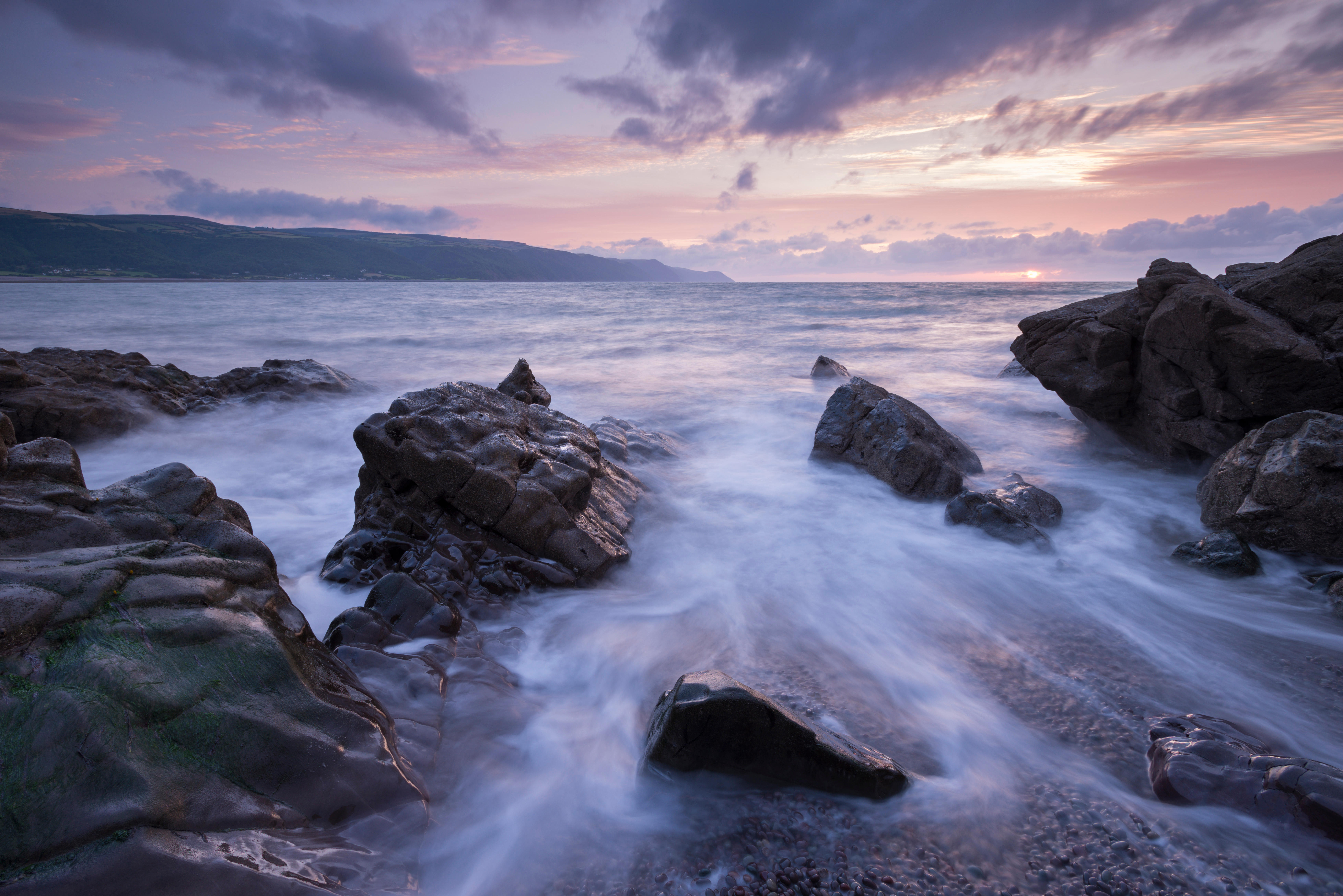
However, we’ve lost more heather since then, ousted by the invasive purple moor grass Molinia, perhaps as a result of removing cattle from the moors in winter. The Exmoor National Park is urgently seeking remedies, including experiments to support cattle grazing on the moors, to reinstate the heather for which the moor is famous.
As I descend, dropping into the Lynn valley at Rockford before climbing out past Wilsham to Countisbury, I feel John’s love of this place even more profoundly. Just as he and Lorna returned to Exmoor to live among the ‘drowsy song of the bees and meadows swathed with hay’, so must we love and commit to protect and enhance its beauty today.
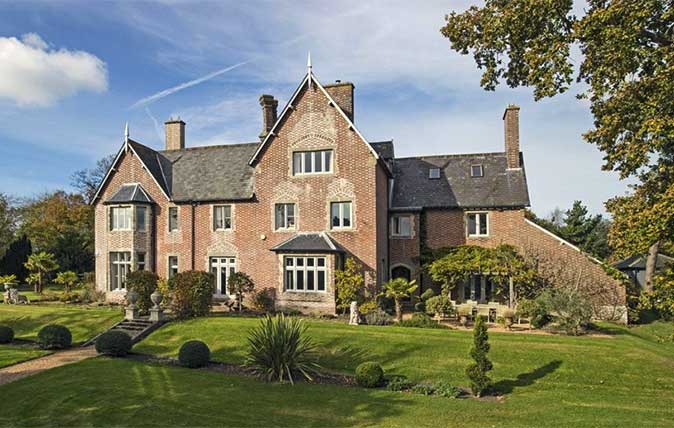
Credit: The Old Vicarage (Knight Frank)
Three fine properties as seen in Country Life
This week's round-up includes a grand home in Sussex and a home in the hills in Exmoor.
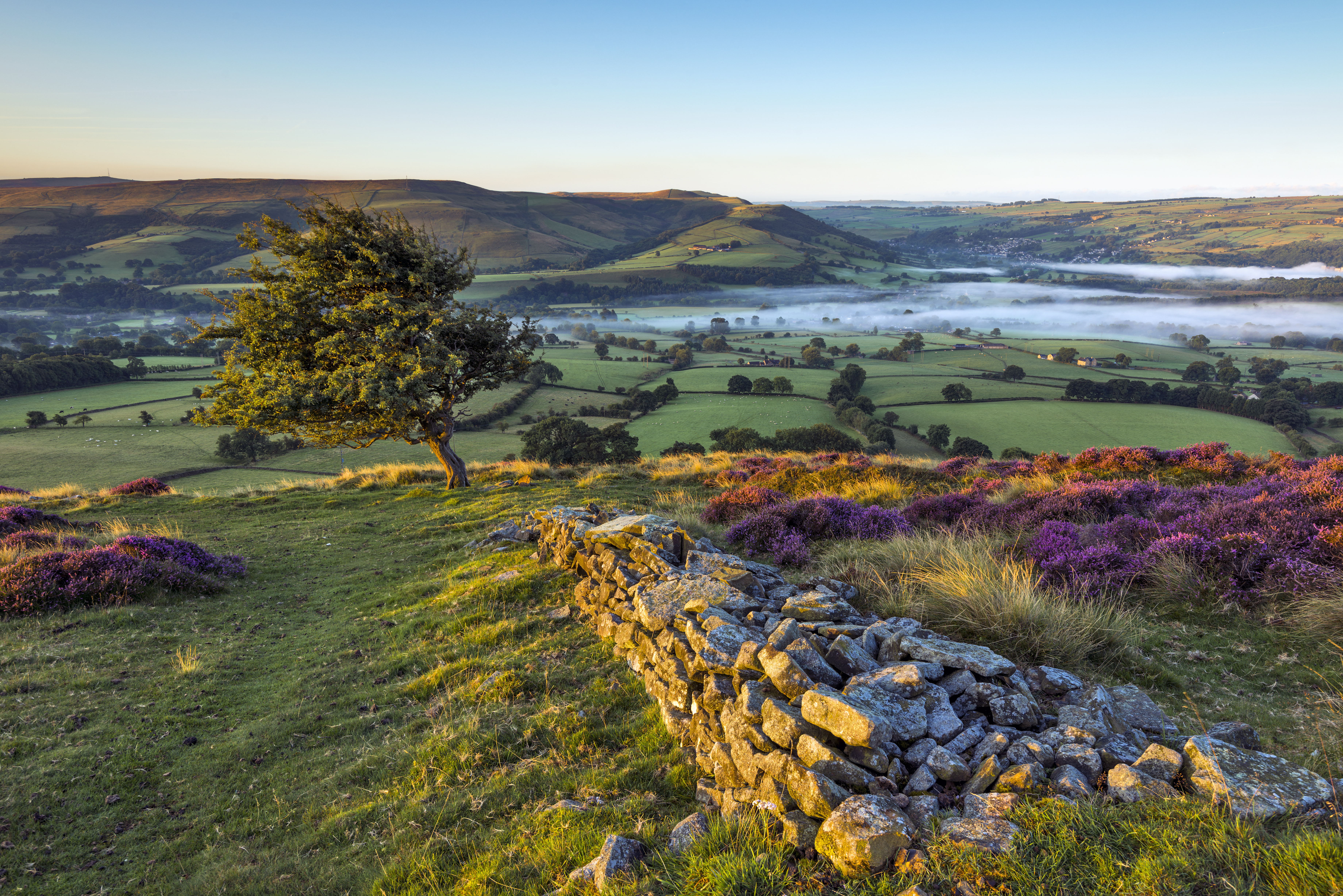
Credit: Getty
An economist's blueprint for the countryside that ditches 'flawed romanticism', but still offers hope
Dieter Helm's latest book, Green and Prosperous Land, offers a radical blueprint for rescuing the British countryside. Clive Aslet takes
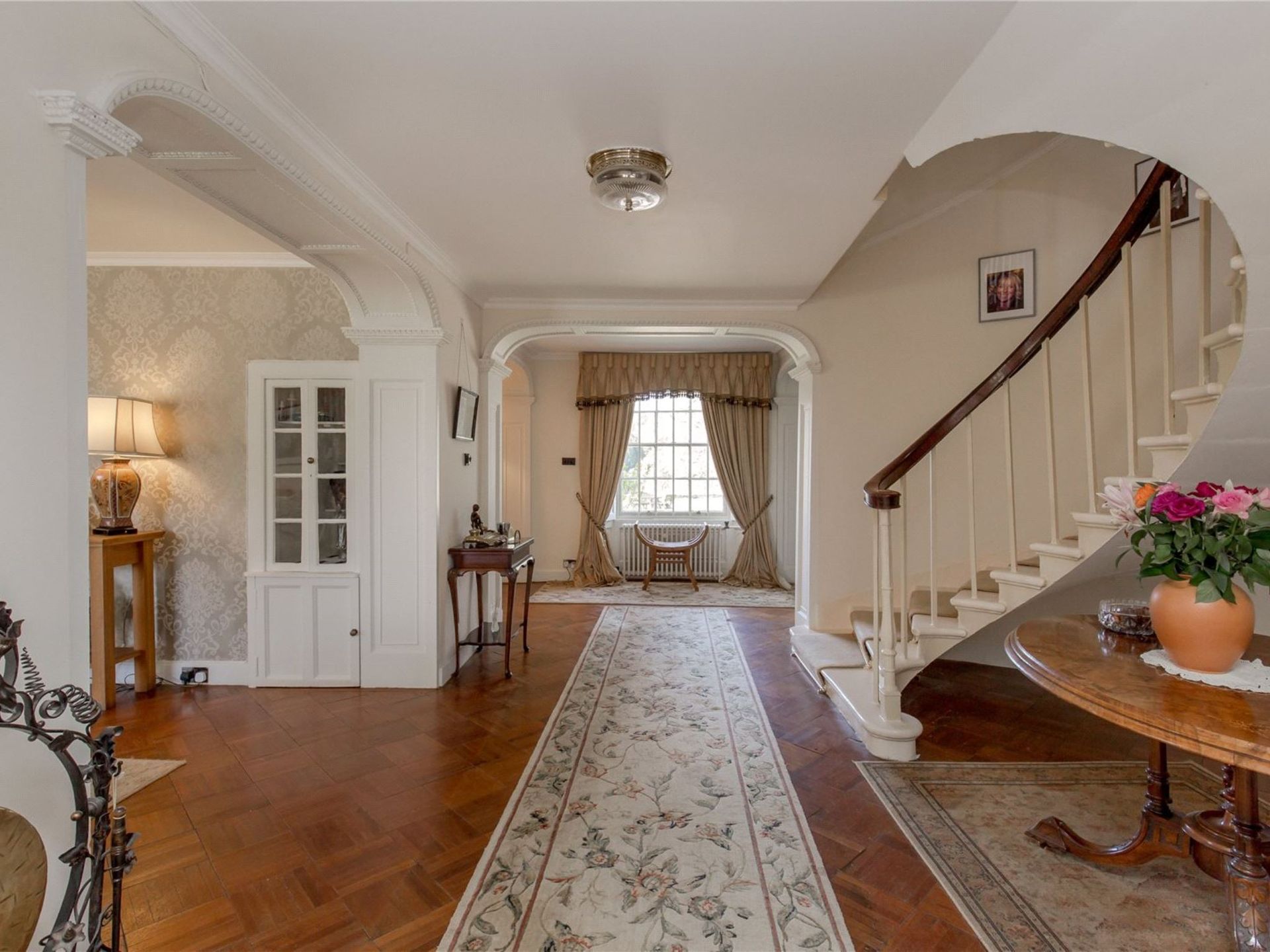
A grand country house built by Robert Bruce, with a billiards room, tennis courts and equestrian facilities beyond belief
Fiona Reynolds is chair of the Food, Farming and Countryside Commission, the former director-general of the National Trust, former Master of Emmanuel College, Cambridge, and the author of The Fight for Beauty. Follow her on Twitter @fionacreynolds.
-
 Diamonds are everyone's best friend: The enduring appeal of one of Nature's sparkliest treasures
Diamonds are everyone's best friend: The enduring appeal of one of Nature's sparkliest treasuresEvery diamond has a story to tell and each of us deserves to fall in love with one.
By Jonathan Self
-
 Hidden excellence in a £7.5 million north London home
Hidden excellence in a £7.5 million north London homeBehind the traditional façades of Provost Road, you will find something very special.
By James Fisher